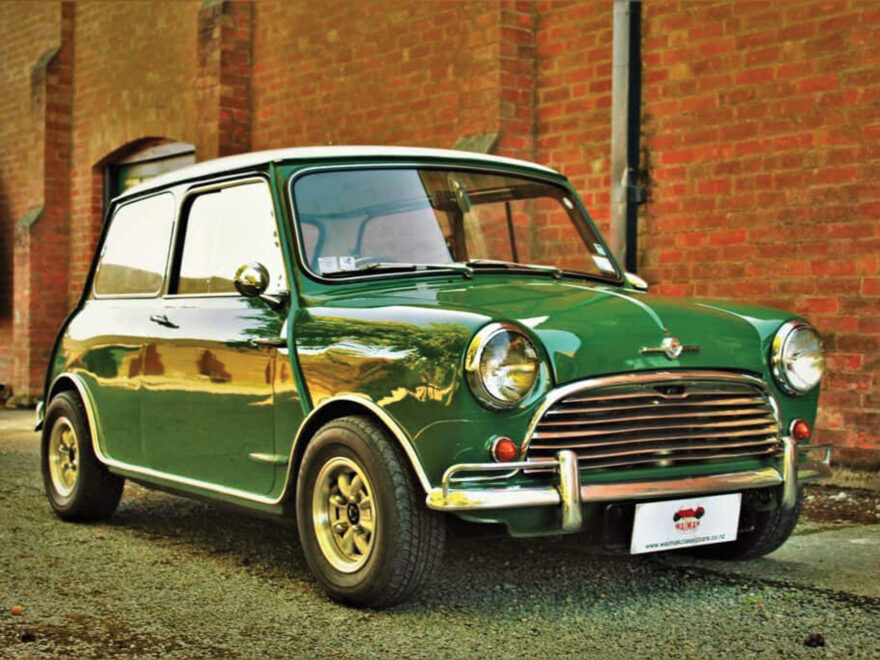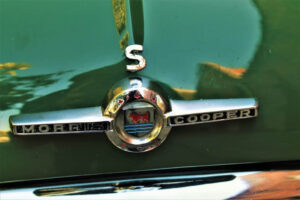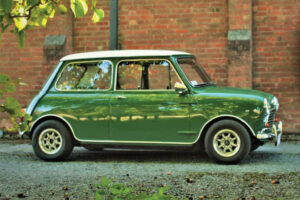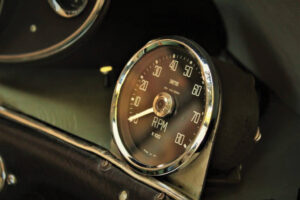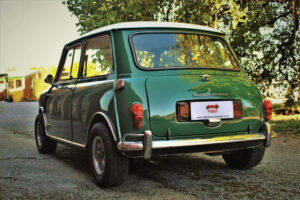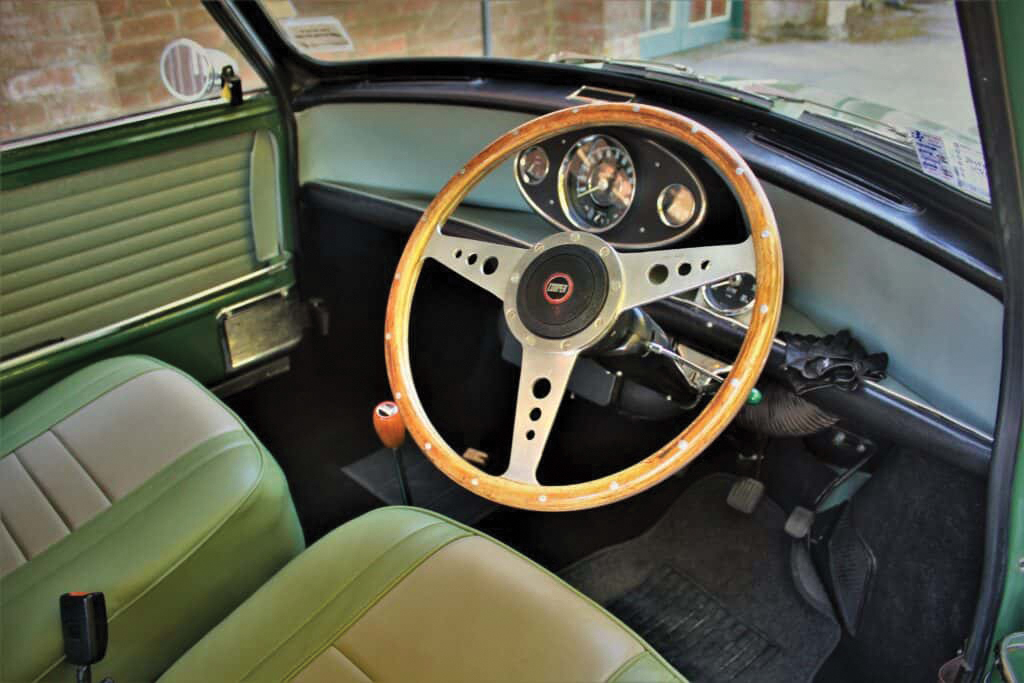The Beatles. Peter Sellers. Britt Ekland. Enzo Ferrari. James Garner. Steve McQueen. Twiggy. Mick Jagger. What do all these famous people have in common? They all owned Mini Coopers.
In particular, the original Mini Cooper. The car which John Cooper and his Cooper Racing Team transformed from the Alec Issigonis designed economical urban run-about, into a rally and track racing legend.
Issigonis designed the original Mini to be BMC’s answer to the influx of “foreign” eco cars arriving in the UK in the aftermath of the 1957 Suez Oil Crisis. His design used a transverse four-cylinder engine, the first of its kind. He also maximised every ounce of space available. Four adults could sit comfortably with all manner of luggage and carry-on gear.
Its launch in 1959 was the spark, but it wasn’t until 1961 that Mini mania really took root thanks to John Cooper. Owner of the Cooper Formula One team and friend of Issigonis, John Cooper could see the potential of the Mini as a successful performance car. After plenty of testing, the Austin Mini Cooper and Morris Mini Cooper was revealed in September 1961.
The 850cc A-Series four cylinder engine’s power grew to 997cc and power went up from 25kW to 41kW. The Cooper also featured a pair of race-tuned SU Carbs, a close ratio four speed manual transmission and disc brakes. The latter of which was totally new for a small car at that time.
What followed was a barrage of wins in the British Touring Car Championship against larger and more powerful cars, and probably the Mini’s finest hour, outright wins in the Monte Carlo Rally.
Off the track, the new Mini Coopers were hot property for everyone, from middle class workers to the star-studded cast previously mentioned. It was as much a part of swinging London as was Carnaby Street. Plus, when Troy Kennedy-Martin, Michael Deely and Peter Collinson were looking for cars to star in their upcoming British heist film called “The Italian Job” the Mini Cooper was the perfect choice.
In 1963, a more powerful version of the Cooper was released, the Cooper S. Available as a 970cc and 1275cc, it featured bigger brakes and a strengthened bottom end which would allow more tuning should the buyer want it. The 970cc was not as popular as the 1275cc and was quickly discontinued, leaving the 1275cc to remain in production in MK1 form till
the end of 1967.
This 1967 UK built example is one of the last MK1s produced before the MK2 was released in 1968. Being one of the later cars, it features the 1275cc A-Series engine with 57kW and 107Nm of torque. It also had a top speed of 157km/h. Nuts when you think of how small and lightweight the car was. This example actually spent 30 years languishing in a barn down in Wanaka, but given its outstanding condition now, you would never know it.
In typical classic Mini fashion, your spartan surroundings consist of an instrument pod containing engine temperature, oil pressure and speedometer with fuel gauge. The only additive, aside from heater levers and a manual choke was a parcel tray mounted rev counter unique to the Cooper.
The driving position is also very Mini. By that I mean you are sitting quite upright and looking down on that three spoke wood-rim steering wheel which comes out at you on an angle. The Cooper embossed wooden gear lever is within easy reach and lankier folk really can find room to move about in here. The concept of small on the outside and big on the inside championed by Issigonis all those years ago was no joke.
A quick turn of that central mounted ignition key and before long, that tuned A-series four-cylinder burbles into life. Having heard this engine note countless times in reruns of “The Italian Job” growing up, needless to say it was pretty cool finally hearing that burble in person. Said burble becomes a throaty bark after a few flexes of your right shoe on the throttle.
Setting off in the Cooper S and the grinning had already started. The MK1 Mini Cooper S’ kerb weight of 650kg coupled with that 1275cc A-series four pot means the MK1 Cooper S is by no means underwhelming off the mark. Its such an eager little car and once you have it warmed up, you get the constant feeling it just wants to go fast all the time.
Sure, you only have four forward gears and you won’t be experiencing savage acceleration, but when you weigh next to nothing, the Cooper S is still a brisk motor even for today. Wind it out and while accompanied by that rorty soundtrack, you just fly.
Having those tiny 10-inch wheels stationed as far as possible to all four corners means that you do feel the bumps on occasion. Then again, this is a small trade off when the going gets all twisty-turny. While there were no shopping malls to blast through or rooftops to jump over, a la The Italian Job, the back roads outside of Balcairn provided an ideal stomping ground.
Left or right hander, the Cooper S corners flat. Attack each bend in third or second gear, plant your right shoe and the Mini hangs on like a cat on shag-pile carpet. In fact, so good is the Cooper S’ handling prowess, that a black Suzuki Swift, which happened to be following closely behind, gradually got smaller and smaller after each bend despite no speed limits being broken.
I didn’t want this drive to end. As I turned back into Waimak Classic Cars HQ, I was genuinely gutted that I wouldn’t be able to take it with me. Needless to say I will be thinking back to this iconic hot Mini for some time to come.
Words: Ben Selby

